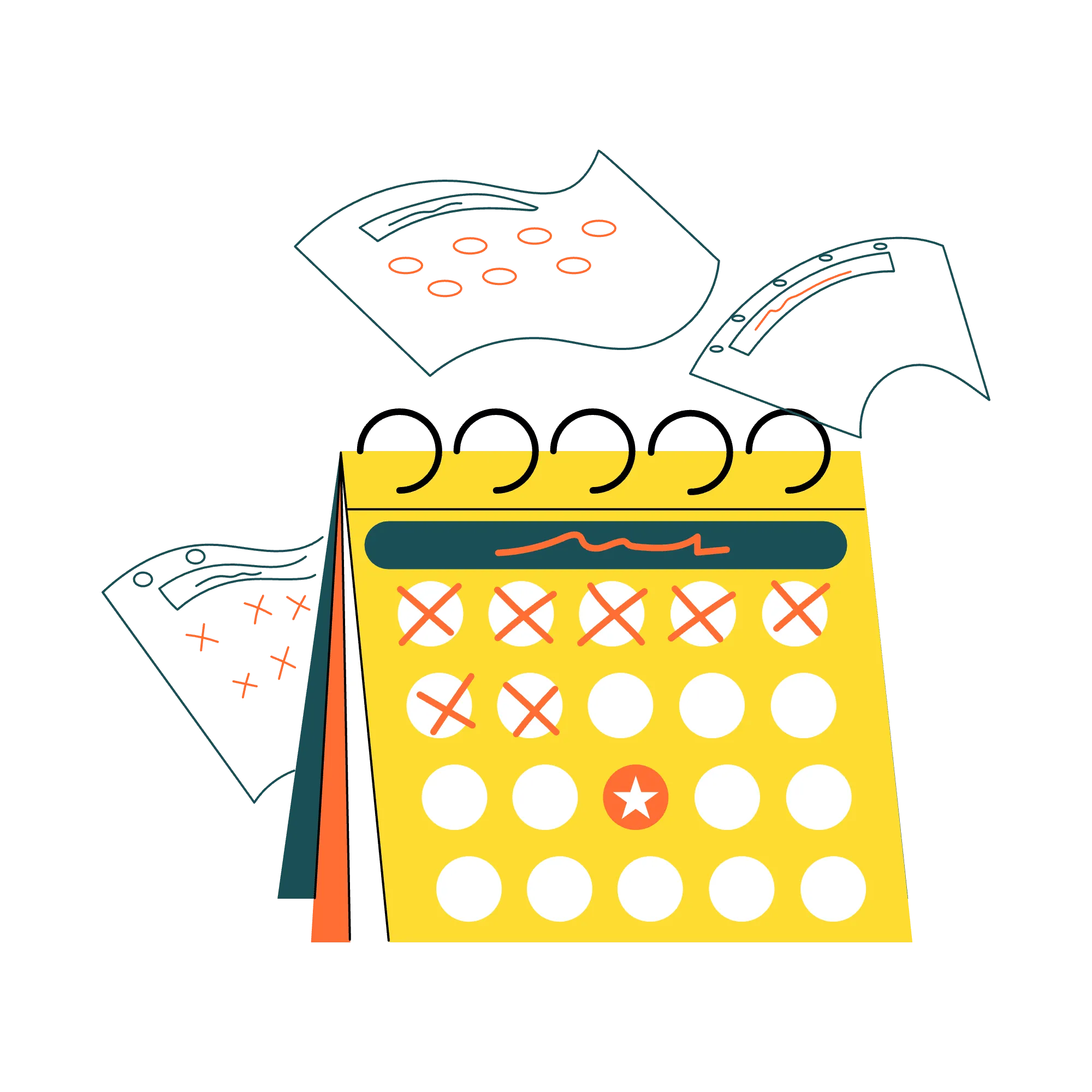Define the exact pain and dream outcome
Interview ideal clients. Capture the single headache they pay to solve and the result they truly want fewer compliance fines, a full sales pipeline, zero downtime. Phrase the outcome in their words, not in your internal jargon.
Bundle the core service with high-leverage bonuses
Choose add-ons that cost little to deliver but raise perceived value: templates, training sessions, quarterly audits, priority support. Bonuses should remove future effort or amplify the initial result.
Compress time and effort
Map your current workflow and identify bottlenecks you can automate or pre-build. Faster delivery (or progressive milestones) trims the Time Delay in Hormozi’s equation, making the offer feel more valuable without changing scope.
Add a confidence guarantee
Offer a partial refund, milestone-based payment, or “we work for free until it’s done” promise. Guarantees shift risk from buyer to supplier, raising the Perceived Likelihood of Success and justifying a premium price.
Price so the client gains at least a 3–5× return
Anchor against the value created, not your internal cost. If your service can save £200 k in annual legal penalties, a £40 k fee is compelling. Present a single up-front price or a choice of two tiers never a confusing menu.
Five illustrative offers
| Business type | Core service | Bonuses | Timeline / guarantee | Resulting offer (example) |
| Digital agency | Redesign and rebuild corporate website | 12-month site maintenance, 3 high-converting landing pages, staff CMS training | Live in 6 weeks or we waive final 30 % | Launch a lead-ready site in 42 days, all upkeep included for a year, or you keep the code free. |
| IT managed service provider | 24/7 network monitoring | Quarterly security audit, incident-response playbook, on-site training day | 90-minute response SLA backed by fee credit | Sleep-proof your network with 24/7 cover and a promise: any breach we miss equals 3 months credit. |
| HR consultancy | End-to-end wage-benchmarking study | 6 salary-band templates, manager rollout workshop | Findings in 30 days or refund 50 % | Benchmark and adjust pay in one month tools and training included guaranteed actionable or half your money back. |
| Law firm | Data-privacy compliance package | Staff e-learning module, template DPIA forms, quarterly check-ins | ICO-ready in 8 weeks or continued work at no charge until passed | Achieve GDPR compliance by March with legal sign-off, staff training, and all templates risk on us, not you. |
| Accountancy practice | R&D tax-credit claim preparation | Cloud bookkeeping setup, forecasting dashboard, annual review call | Claim filed in 4 weeks; fee contingent on credit approval | Unlock R&D relief inside a month, modernise your books, and pay only when HMRC approves your claim. |
Iterate and refine
Launch the first version, gather objections, and adjust bonuses or guarantees. Track close rate, average deal size, and delivery margin. When close rate exceeds 40 % at target price and fulfilment runs smoothly, standardise the offer and move to outbound promotion.
Conclusion
A powerful B2B offer is a crafted package, not a loose list of services. By clarifying the dream outcome, bundling high-impact bonuses, shrinking delivery time, and shifting risk with a guarantee, you transform “hire us” into an irresistible proposal. Follow the framework, test relentlessly, and your offer becomes the engine that turns curious leads into high-margin clients.

.webp)





